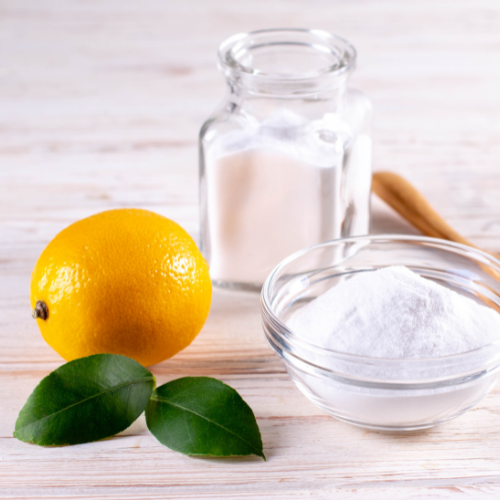Green Home Cleaning
Find out how you can reduce your risk of exposure to toxic chemicals from everyday consumer cleaning products.
Our homes are the places we feel safe and healthy, yet every day, people become increasingly aware of the toxic hazards that are hidden in the products we all use. There are a host of health and environmental dangers associated with a large number of the products we commonly use for home cleaning.
We’re exposed to a wide range of household chemicals routinely — from the phthalates in air fresheners and synthetic fragrances to the noxious fumes in oven cleaners. Ingredients in common household products have been linked to asthma, cancer, reproductive disorders, hormone disruption and neurotoxicity.
What can we do about the risks, both to protect personal health and the inevitable harm to streams, rivers and soil that we depend on? At Beyond Toxics, we are researching common household toxins and easy Do-It-Yourself alternatives that minimize harm to the environment and reduce risks to our health.
Common Packaging Labels
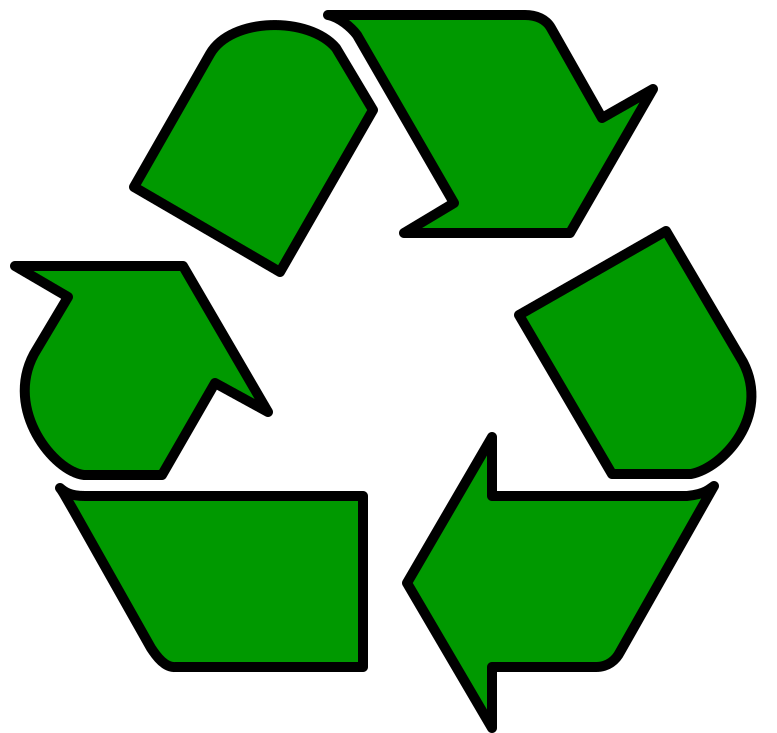
Also known as a “Mobius loop,” this symbol indicates that the container is recyclable. There are variations of the symbol to communicate information about the container, for example, if the container is made from recycled material, it will have the symbol inside a solid circle. If the triangle symbol is inside a circle and has a percentage inside the symbol or next to it, this indicates the container is made from a percentage of recycled material. If there’s a number inside the triangle and letter below, this tells the particular resin used in making the container’s plastic to help the recycling process.
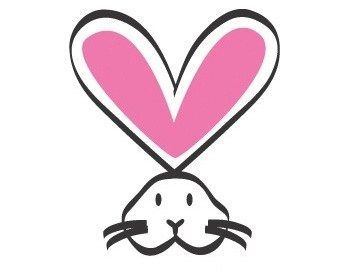
The “cruelty-free” bunny symbol is from the People for the Ethical Treatment of Animals’ (PETA) certification program to indicate that the manufacturer and its supplier does no animal testing at any point in the product’s lifecycle. There is also a “cruelty-free and vegan” symbol which signifies that the manufacturer also uses vegan ingredients in their products. Other certifications, like Choose Cruelty Free, require documentation but not audits. Therefore, it’s important to be cautious and do your own research when assessing the validity of cruelty-free logos.

Ecocert is an independent certification body that certifies its own products. It sets and oversees its own standards for organic and environmentally friendly products. When a product meets its criteria, it can receive the Ecocert certification label. With binding contracts, audits, and reviews, Ecocert is a trusted label for those looking for socially responsible, sustainable, organic, and fair-trade brands.
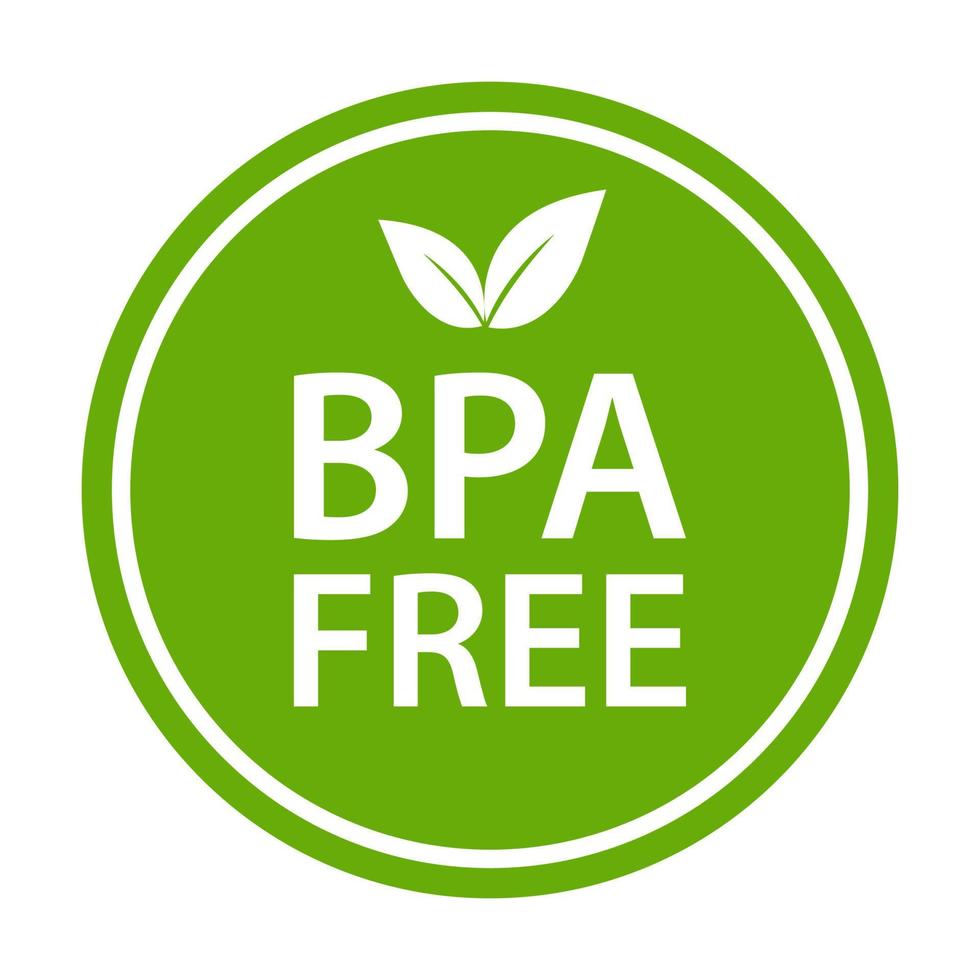
While some products claim to be "BPA-free," not all such labels are regulated or accurate. To best avoid BPA’s, research independently. Take products labeled "BPA-free" with a grain of salt. Instead, look for recycling codes: #3 for PVC and #7 (other) for possible BPA presence.
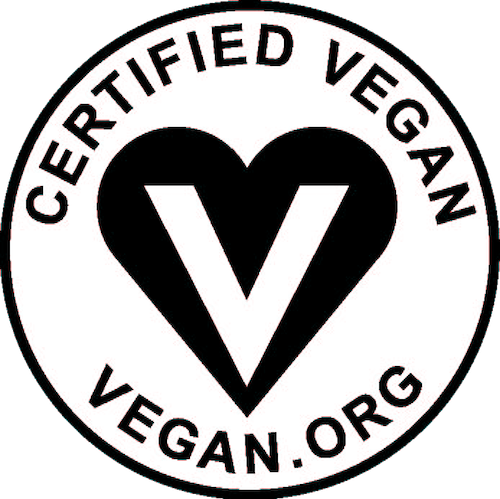
The Certified Vegan Logo is a registered trademark that helps people identify products that contain no animal products or byproducts and that have not been tested on animals. In addition to animal products, items made from bone char like sugar, or insect byproducts like silk or honey, do not qualify as vegan. Products that have this label are certified by Vegan Action, a non-profit organization with a rigorous certification process that involves reviewing ingredients, assessing manufacturing processes, and conducting on-site inspections.
